How to choose the right lighting for your room
People receive about 85 percent of their information through their sense of sight. Appropriate lighting will not only reduce eye fatigue and prevent incidents by increasing the visibility, but also creates depth and height and draws attention to your most impressive areas.
We need to consider the balance of light and shade, the color of the light, and the shape of the light, so we can find good lighting that brings a good vibe to an interior. Whether you're looking to improve your current setup or starting from scratch, let's shed some light on what fixtures work best in which space and where to place them.
What size light do I need for my room?
Living room, bedroom, hallway or stairwell
For an 8' ceiling leave at least 7' from floor to the bottom of the light fixture. If you have a taller ceiling, raise the light by 3" for each additional foot. Consider larger and taller chandeliers for ceilings 10' and taller.
There is another method. Measure the width and length of the room. Add these two numbers together and consider the resulting figure as inches rather than feet. This is the diameter of the chandelier that will best suit the room. Allow 2 to 3 inches of chandelier length per foot of wall height. For example a dining room with 10-foot ceilings, 16 feet wide and 18 feet long, can accommodate a chandelier 34 inches in diameter and 20 to 30 inches in length.
Over the table or counter
For an 8' ceiling, leave 30"–36" from top of dining table to bottom of chandelier.
Trending light styles Vs Your existing style?
Instead of strictly matching, light fixtures should coordinate throughout a home. This provides a sense of unity from room to room, especially in an open floor plan, it’s important to be consistent across all rooms. It is possible to coordinate the shape, color, materials, styles, and/or other details to achieve this end. This doesn’t mean all finishes or styles have to match, it just means the overall feel of all three rooms should flow well together. It’s more than okay to have a favorite style. Maybe even two or three. But the choice of which lighting style dominates your home is up to you. With the introduction below, you can tackle the rest of your lighting project with ease.
Rustic Lighting
Mid-Century Modern Lighting
Glam Lighting
Bohemian Lighting
Industrial Lighting
Farmhouse Lighting
Lighting Color

When choosing the color of lighting, you should look at the colors of your walls, floor, ceiling and furnishings. If your home mostly consists of cool colors like blacks, greys, blues, greens, and crisp whites, a cool LED color temperature such as 3000K or 3500K might be the best choice for complementing your decor. On the other hand, if your home is full of natural materials like hardwood floors, tongue and groove ceilings, wood cabinets and furniture, woven rugs and fabrics in browns, tans, reds, oranges, warmer white LEDs will likely be your best bet. Don’t forgot to match the color in the same space.

Temperature Recommendations by Space
BEDROOM: Bedrooms are considered the most intimate space in your home. We recommend keeping the lights low and warm for a soothing atmosphere that allows you to relax and rest. Suggested color temperature: 2700-3000K
BATHROOM: We like bathroom spaces to be cooler and brighter so they remain functional for routines like applying makeup and shaving. A clean, fresh setting can easily transform to a more soothing environment with the use of a dimmer. Suggested color temperature: 3000-4000K
LIVING ROOM / DEN: Create an inviting space you’ll want to relax in, that’s also perfect for entertaining. Using a dimmer will also help set the right atmosphere for TV watching and movie nights. Suggested color temperature: 2700-3000K
DINING ROOM: You’ll want lighting that’s a balance between being inviting, but also bright enough so you can see what you’re eating. We recommend installing a dimmer to help adjust to the perfect mood. Suggested color temperature: 2700K – 3000K
KITCHEN: Bright light in the kitchen is ideal for prepping food and reading recipes. But since kitchens are so versatile, the color temperature can vary. The best way is to decide based on your decor and any other lighting being used in the space. A fail-proof ‘neutral’ 3000K white will look great no matter what. Suggested color temperature: 2700-4000K
OFFICE / WORKSPACE / GARAGE: You’ll need bright, functional lighting in order to be productive and focused. 4000K LED bulbs might be a good idea in an office or workspace that you use primarily during the daytime. However, if your space receives enough daylight from windows, you may opt to go with something warmer for the evening. Suggested color temperature: 3000-5000K
Budget
Lighting design gives your home personality, provides ambience, and serves a functional purpose. However, many people don’t think about lighting when remodeling their home, so they don’t budget for it. We recommend you to budget the lighting at the beginning of your project.
If you are on a budget, doesn’t mean you can’t add style, increase the perceived value of your home, and get practical use from lighting. There are some budget-friendly brands like Parrot Uncle which have so many choices and would help you to incorporate visual appeal with functionality.
If you are on a budget, bare in mind, not every room have to be treated the same, for the rooms that you are not planing to show or look at that much, you can choose more budget-friendly lighting.
The U.S. Federal Trade Commission requires lighting companies to label packages. That way, consumers will know the yearly energy cost, life-span, where the light falls on the kelvin scale, and the number of watts the bulb uses. Instead of incandescent bulbs, opt for energy-efficient light bulbs, such as LED lights. They will burn less watts, yet provide as much light as regular bulbs. LEDs also last longer than other bulbs, so you replace them less frequently. You should clean the fixture regularly to keep it in good condition to avoid having to spend money on a new one.
Other things to think about
In order to avoid becoming monotonous or boring, you should create a focal point and don’t distract from it. Your focal point can be one light fixture – a stunning chandelier or a unique lamp – but it doesn’t have to be. Lighting can be used as a tool to draw attention to any element in the room you want to be your focal point, such as a piece of artwork or a fireplace mantel. Track lighting and wall sconces are often used to complement, frame and direct the eye toward whatever you choose to be the center of attention.
Layering light is the foundation of every well-lit space. Layers help create dimension, illuminate function, set a mood, and improve versatility of any space. You’ll want to make sure to include at least two types of light: ambient, task and/or accent.
Check out the main categories on Parrot Uncle’s official website,
- Surface Lights. Surface-mounted fixtures are visible and are usually flush against the ceiling or wall. ...
- Pendant Lights. ...
- Recessed Lights. ...
- Track Lights. ...
- Portable Lights. ...
- Landscape Lighting. …
Good luck! Following these tips will put you on the path to creating a comfortable, functional and stylish space. Check out Parrot Uncle’s official website, all items are classified into their specific types and genres making it extremely easy to navigate. If you run into roadblocks or have questions, we are here and happy to help to any way we can.

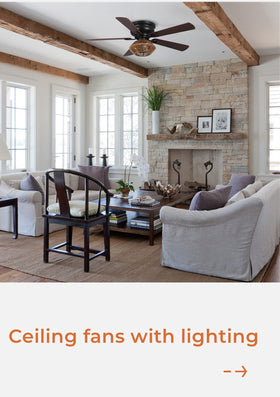
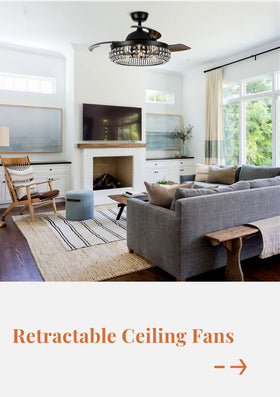
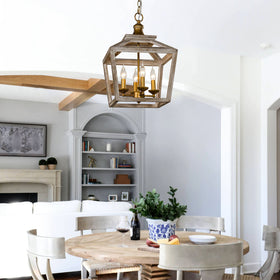
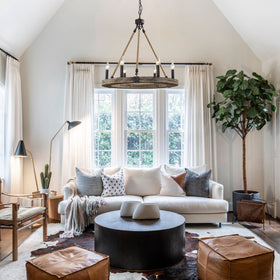


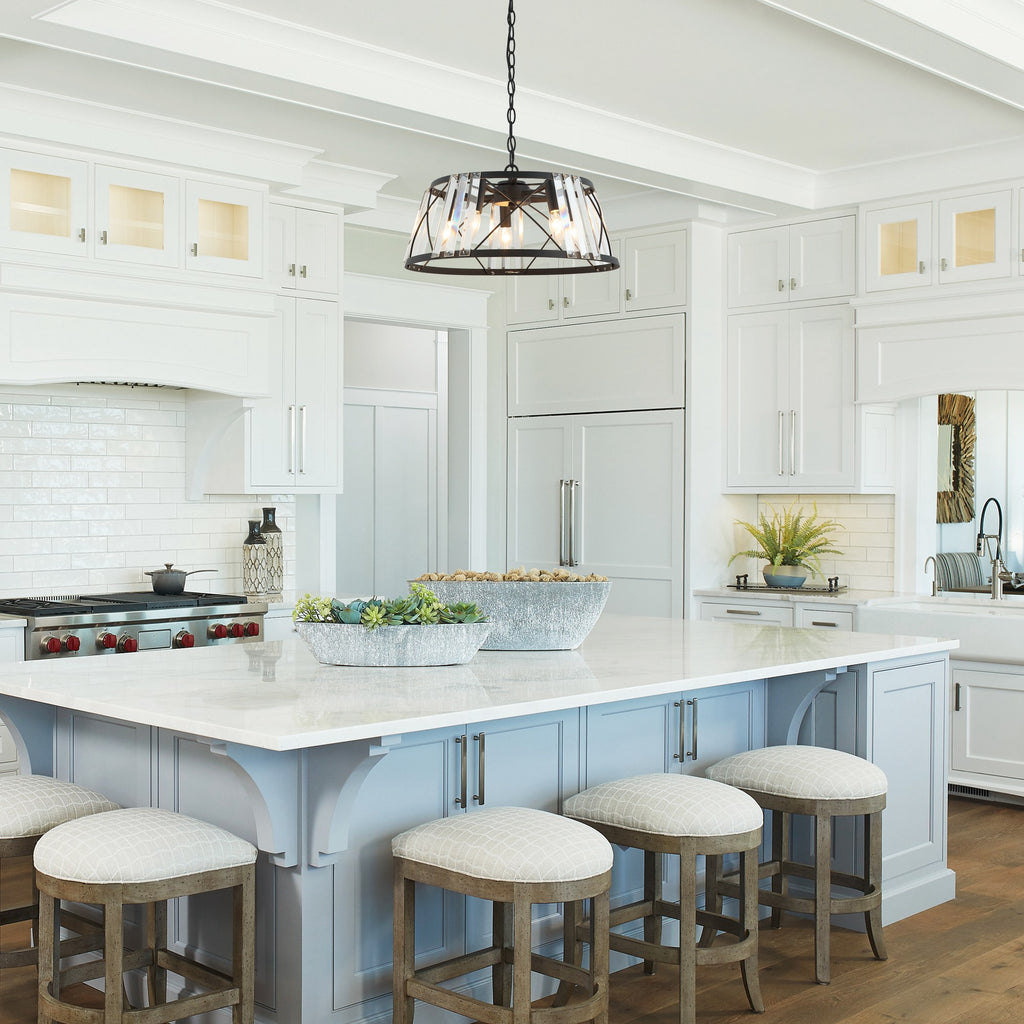






Comments
Leave a comment